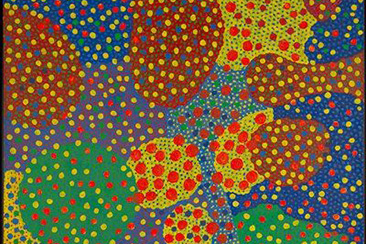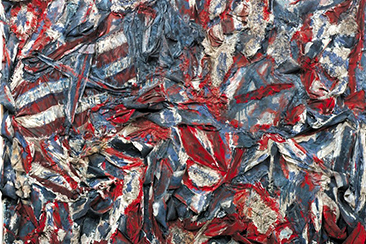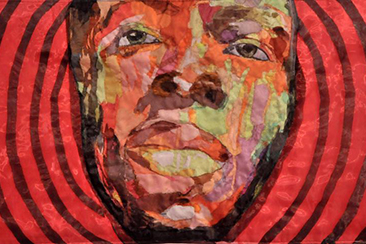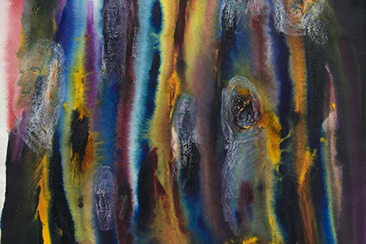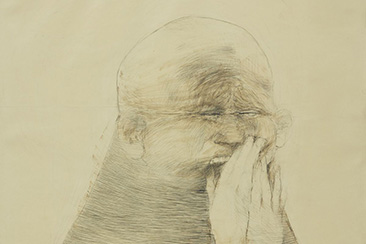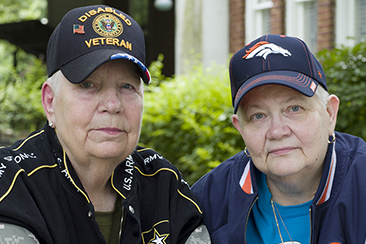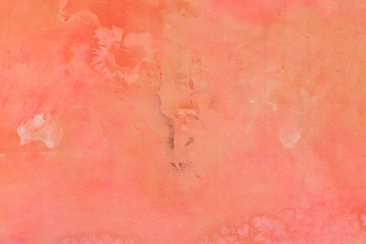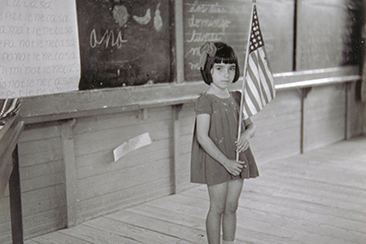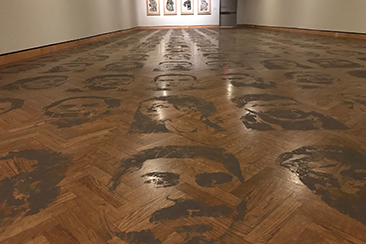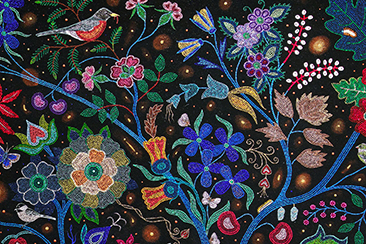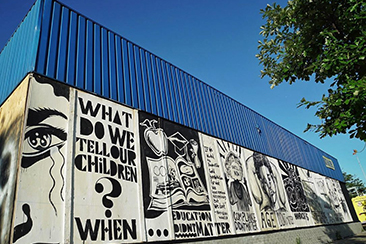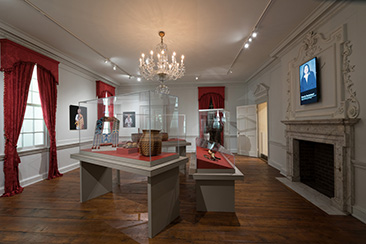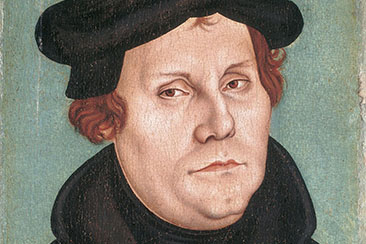
Center for Empathy and the Visual Arts
Empathy, according to Roman Krznaric, an expert on empathy, “has the power to transform relationships, from the personal to the political, and create fundamental social change.” It’s a belief that guides Mia’s work.
We champion the power of art—and the responsibility of art museums—to spark curiosity and creativity, connect people across cultural differences, and engage our individual and shared values.
About CEVA
In 2017, Mia launched the Center for Empathy in the Visual Arts, the first such center at a major art museum. Thanks to funding from Andrew W. Mellon Foundation, CEVA convened researchers, artists, historians, and philosophers to explore how museums can evoke empathy in their visitors and promote understanding.
The initiative spanned nearly five years. In that time, Mia and other partners researched, developed, and distributed interpretive strategies and gallery-based activities for sparking and nurturing empathy in a museum setting.
While the Center has concluded this phase of work, Mia’s commitment to fostering empathy and global understanding through art remains a key pillar of our mission.
Previously Compiled Research & Resources
White Paper
Read about the origins of the Center for Empathy and Visual Arts.
Recommended Reading
Check out a reading list on empathy and the visual arts.
From the Field
Explore toolkits, curricula, and examples created by other cultural institutions that promoted empathy.
Past Press Coverage
“First Center for Empathy and Art Launched in Minneapolis,” Smithsonian Magazine (December 2017)
“With $750,000 Grant, Minneapolis Institute of Art Starts Up Center for Empathy and the Visual Arts,” ARTnews (December 2017)
“Minneapolis Institute of Art gets big grant to study empathy,” Minnesota Star Tribune (December 2017)
“Elevating the Voices of Non-Art World Folk Is Integral to Expanding Our Impact,” ARTnews (March 2021)
Past Activities
Self-Care through Art
Art can be a powerful tool for helping us connect with and mediate our own emotions and feelings. In 2020, Mia created an exercise inspired by a painting by Yayoi Kusama.
Past Exhibitions
In the Presence of Our Ancestors: Southern Perspectives in African American Art"
In the Presence of Our Ancestors: Southern Perspectives in African American Art” brings together methods of visual storytelling and ancestral memory through the individual practices of artists from the “Black Belt” region of the American South—a term that refers to the region’s black soil, as well as the legacies of African Americans who shaped its social and agrarian culture.
Freedom Rising: I am the Story/L'Merchie Frazier
L’Merchie Frazier is a fiber artist, quilter, historian, innovator, poet, and holographer. According to Frazier, “This exhibition continues my work and conversations, concerned with equity and justice, called The Quilted Chronicles and its Target Series. It examines the lives and legacies of African-descended people, including children and their communities across centuries of memory, places, and activism.”
Supernatural America: The Paranormal in American Art
Through times of mourning and trauma, artists have been integral to visualizing ghosts, whether national or personal, and in doing so have embraced the mysterious and the inexplicable. This exhibition explores the numerous ways that artists in the United States have made sense of their own experiences of the paranormal and the supernatural, developing a rich visual culture of the intangible.
Envisioning Evil: The Nazi Drawings by Mauricio Lacanszky
In 1961, coinciding with the televised trial of the Nazi war criminal Adolf Eichmann, Mauricio Lasansky began a series of drawings to grapple with the Holocaust. Confronted with the atrocities, he said, “I was full of hate, poison, and I wanted to spit it out.” This exhibition of his Nazi Drawings series shows his visceral response to the horrors committed in Nazi concentration camps.
Vision 2020: Jess T. Dugan
Jess T. Dugan’s series “To Survive on This Shore: Photographs and Interviews with Transgender and Gender Nonconforming Older Adults,” a project produced in collaboration with Dugan’s partner, Vanessa Fabbre. Recognizing the dearth of complex, human-centered storytelling about the lives of transgender and gender-expansive older adults.
Mapping Black Identitites
Taking inspiration from Mia’s recent acquisition of Frank Bowling’s map painting False Start (1970), “Mapping Black Identities” challenges the notion of Black identity as monolithic.
Just Kids
Perhaps no other subject has been so well documented as the lives of children. This is an exhibition of photographs of and by children, teens, and young adults, organized in partnership with middle and high school students.
Jonathan Herrera Soto: In Between / Underneath (Entremedio / Por Debajo)
Jonathan Herrera Soto will create a new rendition of his installation “In Between / Underneath (Entremedio / Por Debajo).” The work will depict recently murdered and missing Mexican journalists, highlighting the record number of journalists killed.
Hearts of Our People
Women have long been the creative force behind Native art. Presented in close cooperation with top Native women artists and scholars, this first major exhibition of artwork by Native women honors the achievements of over 115 artists from the United States and Canada spanning over 1,000 years.
Art and Healing: In the Moment June 17, 2018 - July 29, 2018
Art and Healing: In the Moment is an exhibition of artwork made by community artists in response to the fatal shooting of Philando Castile. Castile was an African-American man who grew up in Saint Paul. On July 6, 2016, he was fatally shot by a police officer in the nearby town of Falcon Heights after being pulled over for a traffic stop. He was 32 years old.
The Many Voices of Colonial America
The Charleston Dining and Drawing Rooms came from the 1772 home of Col. John Stuart, who served as Superintendent of Indian Affairs for Britain’s southern colonies and was also an owner of enslaved Africans.
Martin Luther: Art and the Reformation
Five hundred years ago, Martin Luther ripped the fabric of European life by standing in open opposition to the most powerful men of his age. “Martin Luther: Art and the Reformation” examines his life and influence through the lens of artistic creation.

